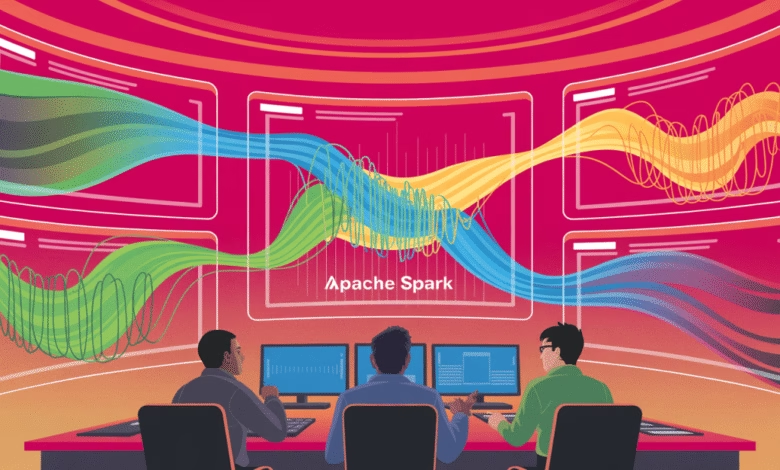Databricks Open-Sources ETL Framework for 90% Faster Pipelines

▼ Summary
– Databricks is open-sourcing its core declarative ETL framework, Apache Spark Declarative Pipelines, making it available to the broader Apache Spark community.
– The framework simplifies data pipeline creation by allowing engineers to define pipelines in SQL or Python, with Spark handling execution and operational tasks automatically.
– Spark Declarative Pipelines supports batch, streaming, and semi-structured data, eliminating the need for separate systems and reducing development and maintenance time.
– The framework has been proven at scale, with enterprises like Block and Navy Federal Credit Union reporting significant efficiency gains in pipeline development and maintenance.
– Unlike Snowflake’s Openflow, which focuses on data integration into its platform, Spark Declarative Pipelines offers end-to-end data transformation and is open-source, usable beyond Databricks’ ecosystem.
Databricks has taken a major step in democratizing data engineering by open-sourcing its powerful ETL framework, now available as Apache Spark Declarative Pipelines. This move brings enterprise-grade pipeline automation to the broader Spark community, enabling teams to build and manage data workflows with unprecedented efficiency. The framework, originally developed as Delta Live Tables, eliminates traditional pain points by letting engineers focus on what data should achieve rather than how to implement it.
The technology represents a significant evolution in how organizations handle data processing. By adopting a declarative approach, teams can define pipelines in SQL or Python while Spark automatically handles execution, dependency management, and operational tasks. This shift removes the need for maintaining separate systems for batch and streaming workloads, streamlining development cycles and reducing maintenance overhead.
Early adopters have reported dramatic improvements in productivity. Financial institutions like Block and Navy Federal Credit Union achieved 90% faster development times and 99% reductions in maintenance efforts using the framework’s capabilities. The system’s flexibility supports everything from daily batch jobs to real-time streaming applications, all through a unified interface.
What sets this solution apart is its comprehensive approach to data transformation. Unlike competing offerings that focus solely on data ingestion, Spark Declarative Pipelines delivers end-to-end functionality from raw data sources to production-ready datasets. This contrasts with Snowflake’s Openflow, which requires additional processing steps after data lands in its platform.
The framework builds upon Databricks’ history of open-source contributions, joining projects like Delta Lake and MLflow. Its architecture supports diverse data types including semi-structured files from cloud storage systems, with built-in validation to catch errors before execution. According to Databricks engineers, this represents the natural progression of Spark’s evolution from distributed computing to complete pipeline automation.
While the exact release date for the open-source version remains unspecified, the technology is already battle-tested through Databricks’ commercial Lakeflow offering. The company’s decision to contribute the framework aligns with growing industry demand for vendor-neutral solutions that don’t lock users into specific platforms.
This development arrives as enterprises increasingly prioritize efficient data pipeline management to support AI initiatives and real-time analytics. The framework’s ability to handle change data feeds and streaming sources positions it as a critical enabler for modern data architectures, particularly as organizations scale their data operations across hybrid environments.
(Source: VentureBeat)
